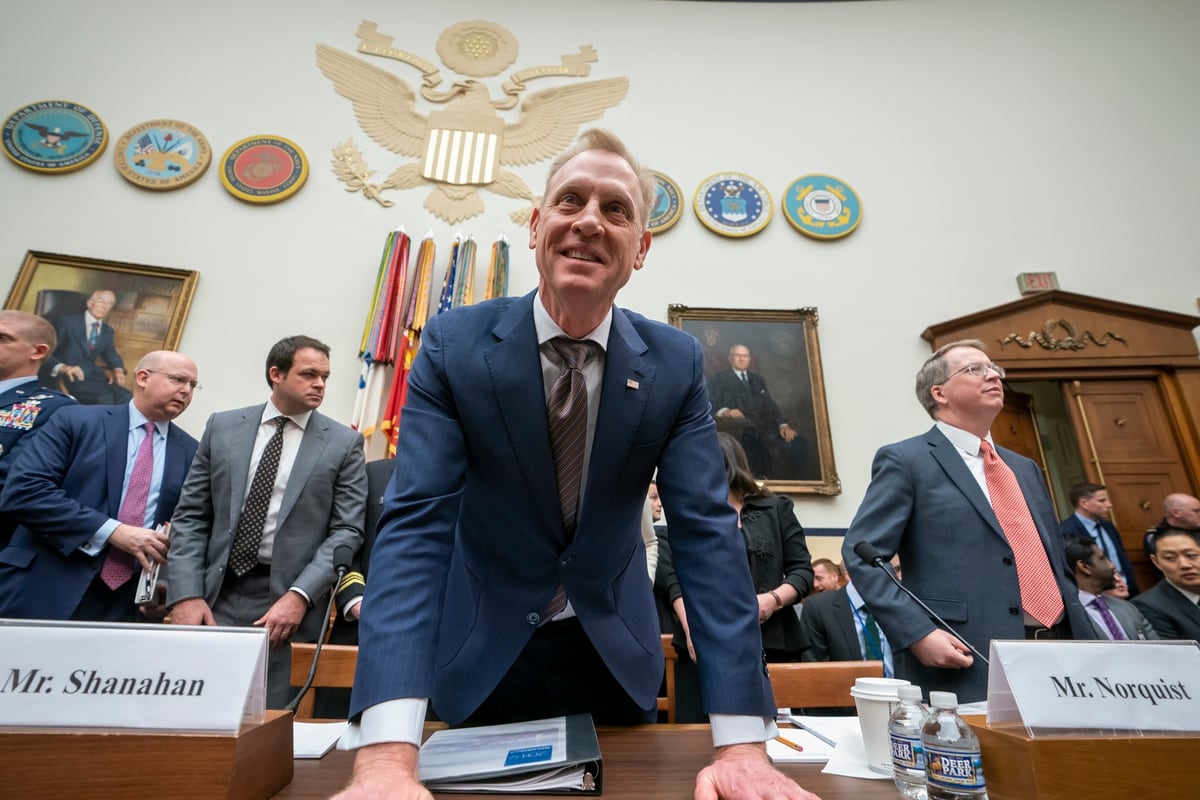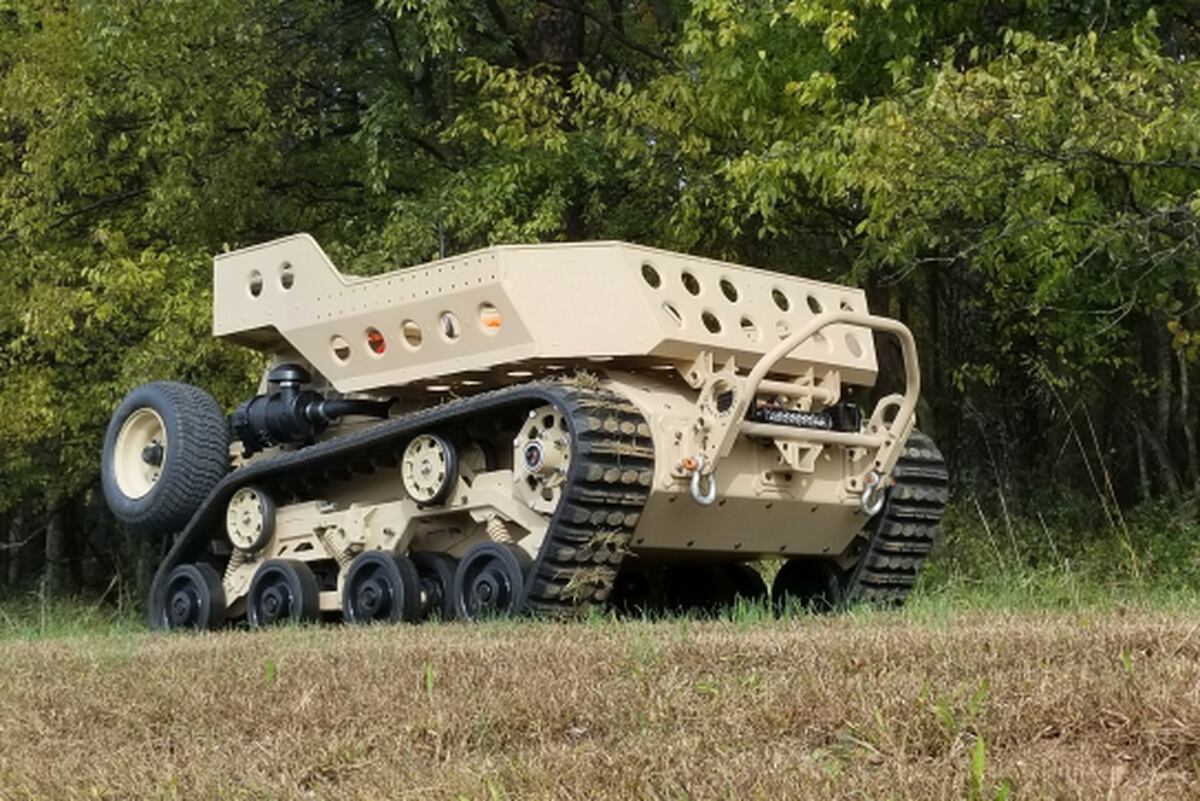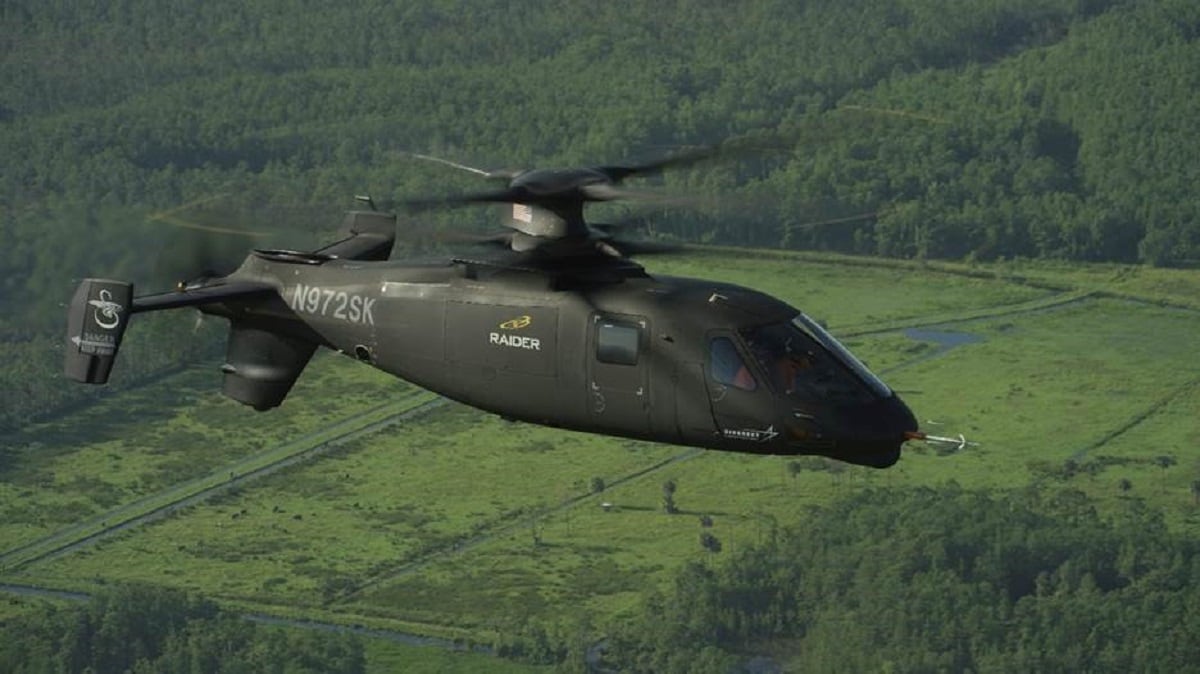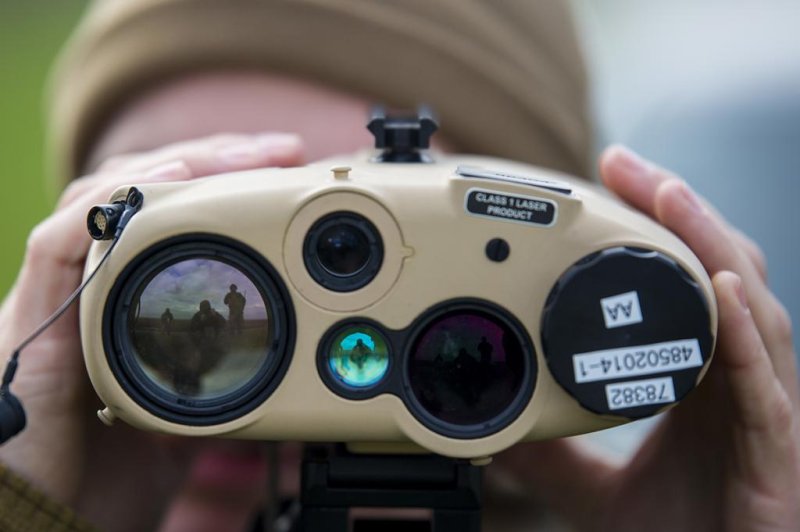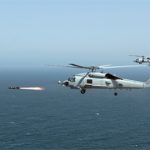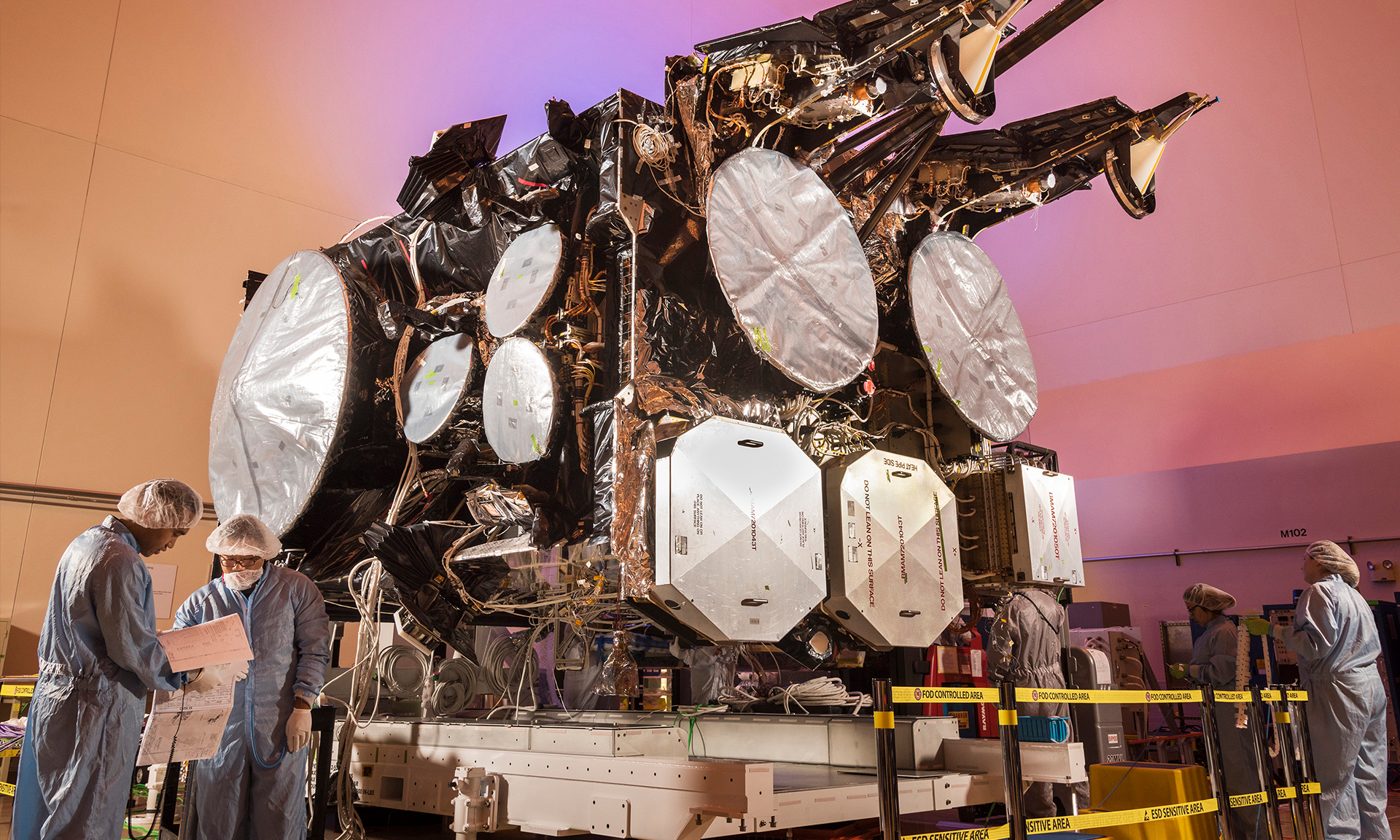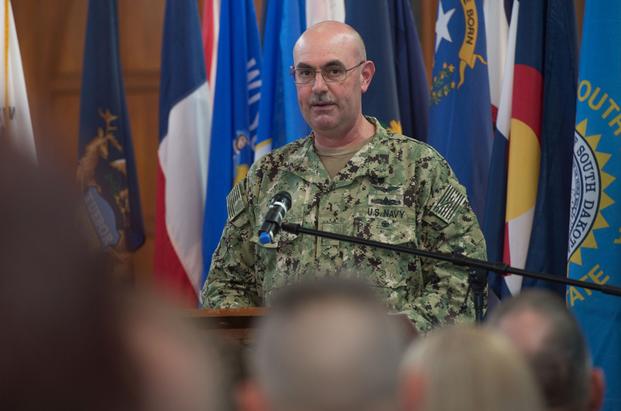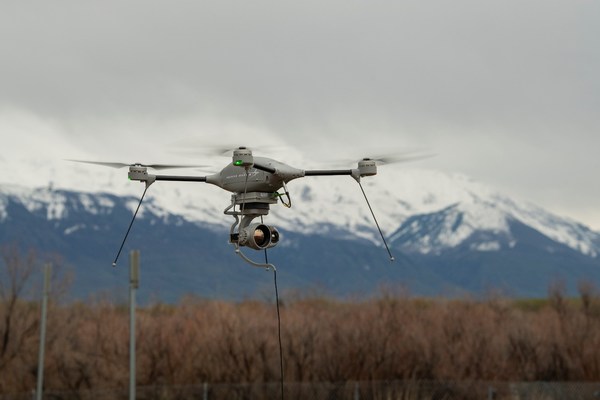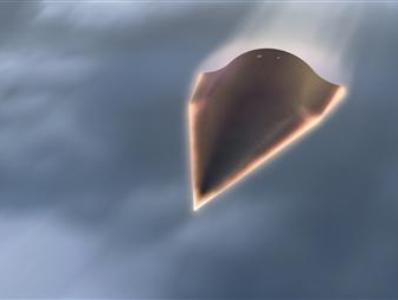April 24, 2019
Navy executes successful test of AEGIS Virtual Twin software in missile test
By Ed Adamczyk
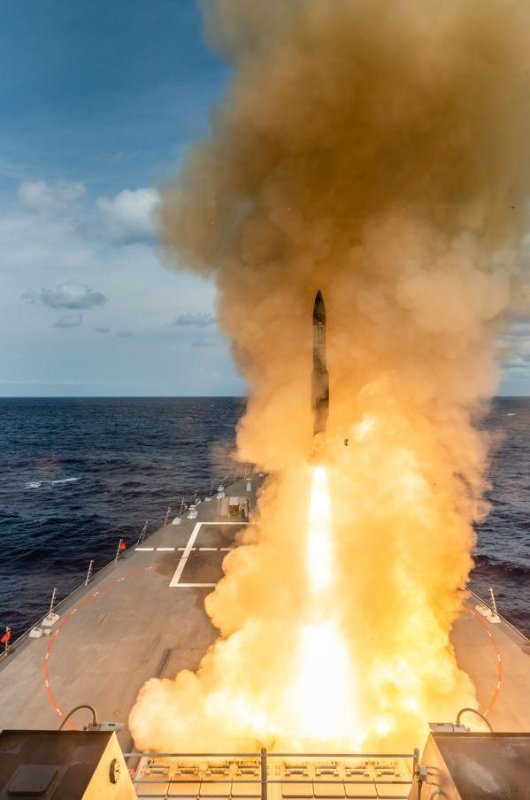
The destroyer USS Thomas Hudner successfully test-fired an SM-2 missile using the AEGIS Virtual Twin system of software, the U.S. Naval Sea Command said on Tuesday. Photo courtesy of U.S. Naval Sea Command
April 24 (UPI) -- The U.S. Navy successfully executed a live-fire drill controlled by the AEGIS Virtual Twin, a prototype software upgrade for the AEGIS weapon system, the U.S. Naval Sea Systems Command said.
Crew aboard the Arleigh Burke-class destroyer USS Thomas Hudner, partnered with the Navy's Program Executive Office Integrated Warfare Systems, fired a standard SM-2 missile made by Raytheon Corp. to successfully intercept a target during the drill.
The Navy announced the March 25 test, conducted off the Virginia coast, on Tuesday.
The virtual twin, a prototype of the AEGIS Virtual Combat Management System, is the entire set of computer code which makes up the AEGIS Combat System Baseline 9, USNI reported. Housed within several servers, it takes up considerably less space on a ship than the actual Aegis Combat System.
Using virtualization technology and installed in small cases, it can run the AEGIS Weapon System code in a fraction of the original space. The Seas Systems Command said in a statement that the entire set of cases could fit under a dining room table, with future designs able to free shipboard space for other purposes.
Since it contains software code identical to that already in use in the Aegis system, it offers the capability of installation on ships without additional cost or time for at-sea testing.
"It is great to be a part of the evolution of AEGIS," said Cmdr. Nathan Scherry, commanding officer of the USS Thomas Hudner. "Virtual Twin has a tremendous role as the next step for the Guided Missile Destroyer's weapon system, and I am really excited to see it advance both tactically and as a feedback loop for continuous improvement of the weapon system's software."
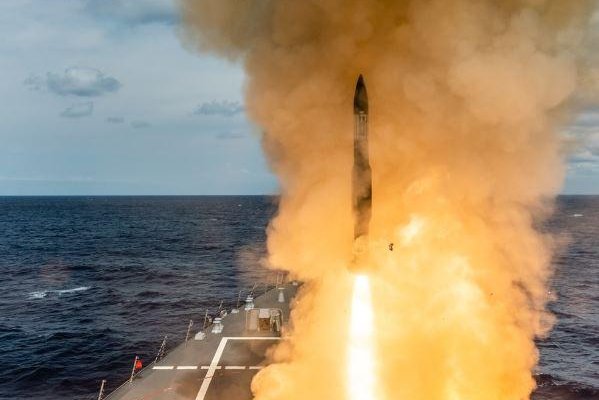
 www.upi.com
www.upi.com
Navy executes successful test of AEGIS Virtual Twin software in missile test
By Ed Adamczyk

The destroyer USS Thomas Hudner successfully test-fired an SM-2 missile using the AEGIS Virtual Twin system of software, the U.S. Naval Sea Command said on Tuesday. Photo courtesy of U.S. Naval Sea Command
April 24 (UPI) -- The U.S. Navy successfully executed a live-fire drill controlled by the AEGIS Virtual Twin, a prototype software upgrade for the AEGIS weapon system, the U.S. Naval Sea Systems Command said.
Crew aboard the Arleigh Burke-class destroyer USS Thomas Hudner, partnered with the Navy's Program Executive Office Integrated Warfare Systems, fired a standard SM-2 missile made by Raytheon Corp. to successfully intercept a target during the drill.
The Navy announced the March 25 test, conducted off the Virginia coast, on Tuesday.
The virtual twin, a prototype of the AEGIS Virtual Combat Management System, is the entire set of computer code which makes up the AEGIS Combat System Baseline 9, USNI reported. Housed within several servers, it takes up considerably less space on a ship than the actual Aegis Combat System.
Using virtualization technology and installed in small cases, it can run the AEGIS Weapon System code in a fraction of the original space. The Seas Systems Command said in a statement that the entire set of cases could fit under a dining room table, with future designs able to free shipboard space for other purposes.
Since it contains software code identical to that already in use in the Aegis system, it offers the capability of installation on ships without additional cost or time for at-sea testing.
"It is great to be a part of the evolution of AEGIS," said Cmdr. Nathan Scherry, commanding officer of the USS Thomas Hudner. "Virtual Twin has a tremendous role as the next step for the Guided Missile Destroyer's weapon system, and I am really excited to see it advance both tactically and as a feedback loop for continuous improvement of the weapon system's software."

Navy executes successful test of AEGIS Virtual Twin software in missile test - UPI.com
The U.S. Navy successfully executed a live-fire drill controlled by a prototype of the AEGIS Virtual Combat Management System, the U.S. Naval Sea Systems Command announced.



